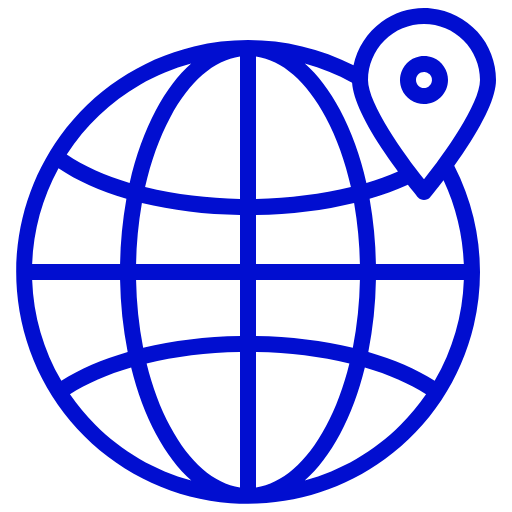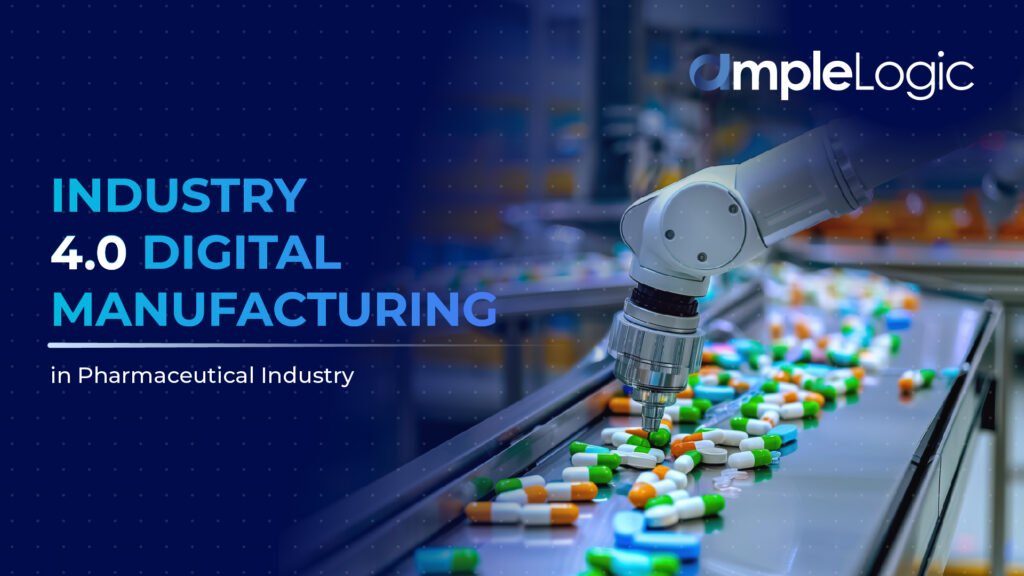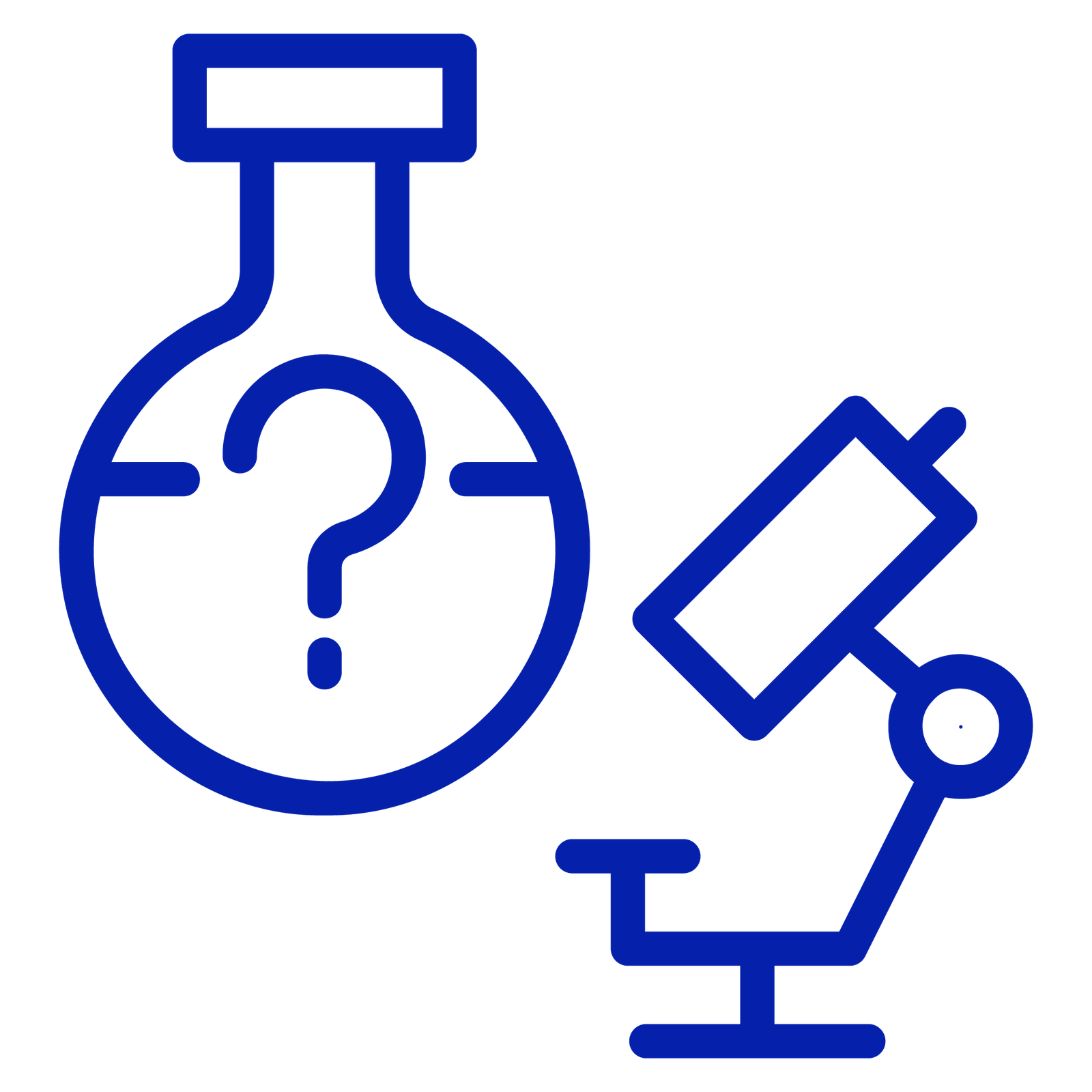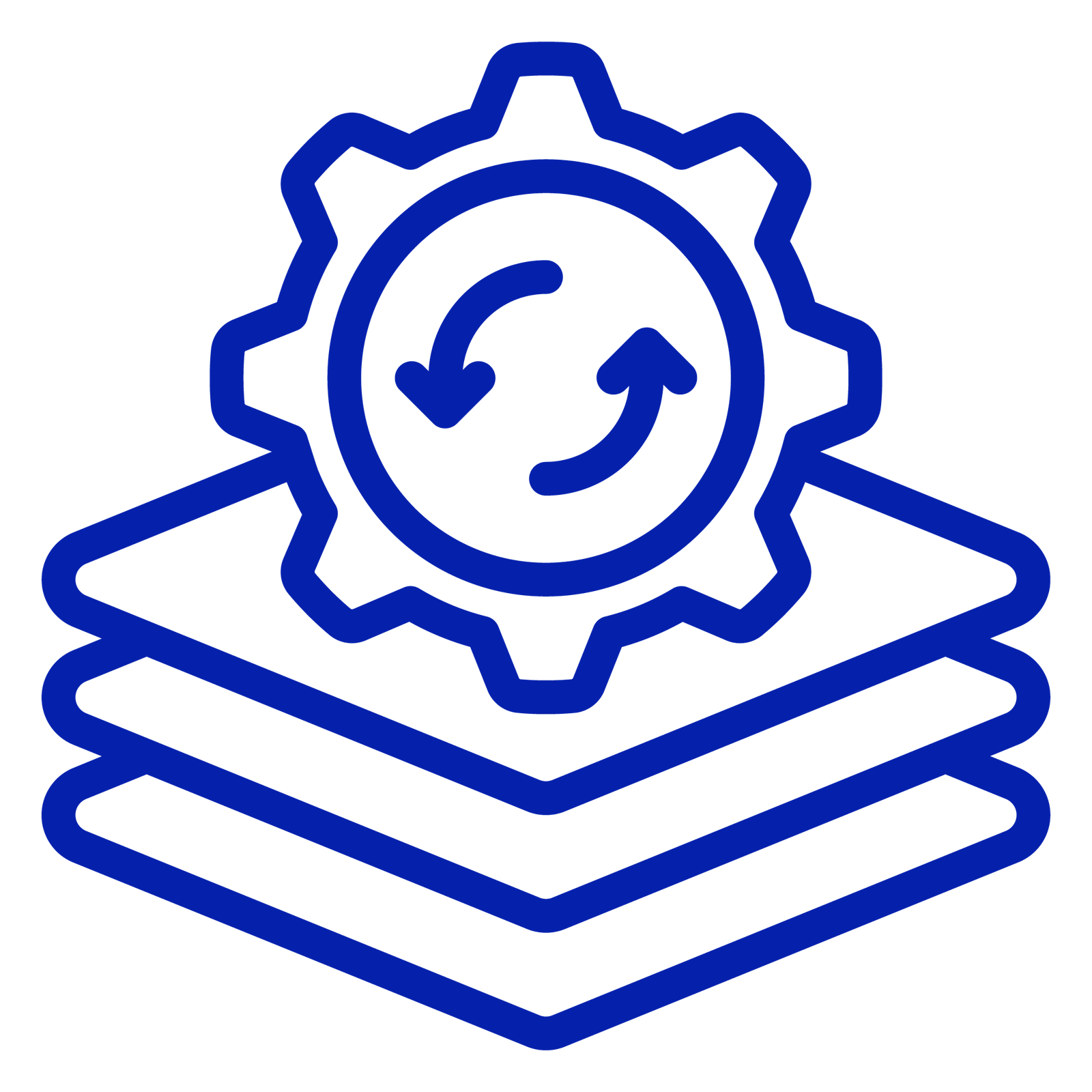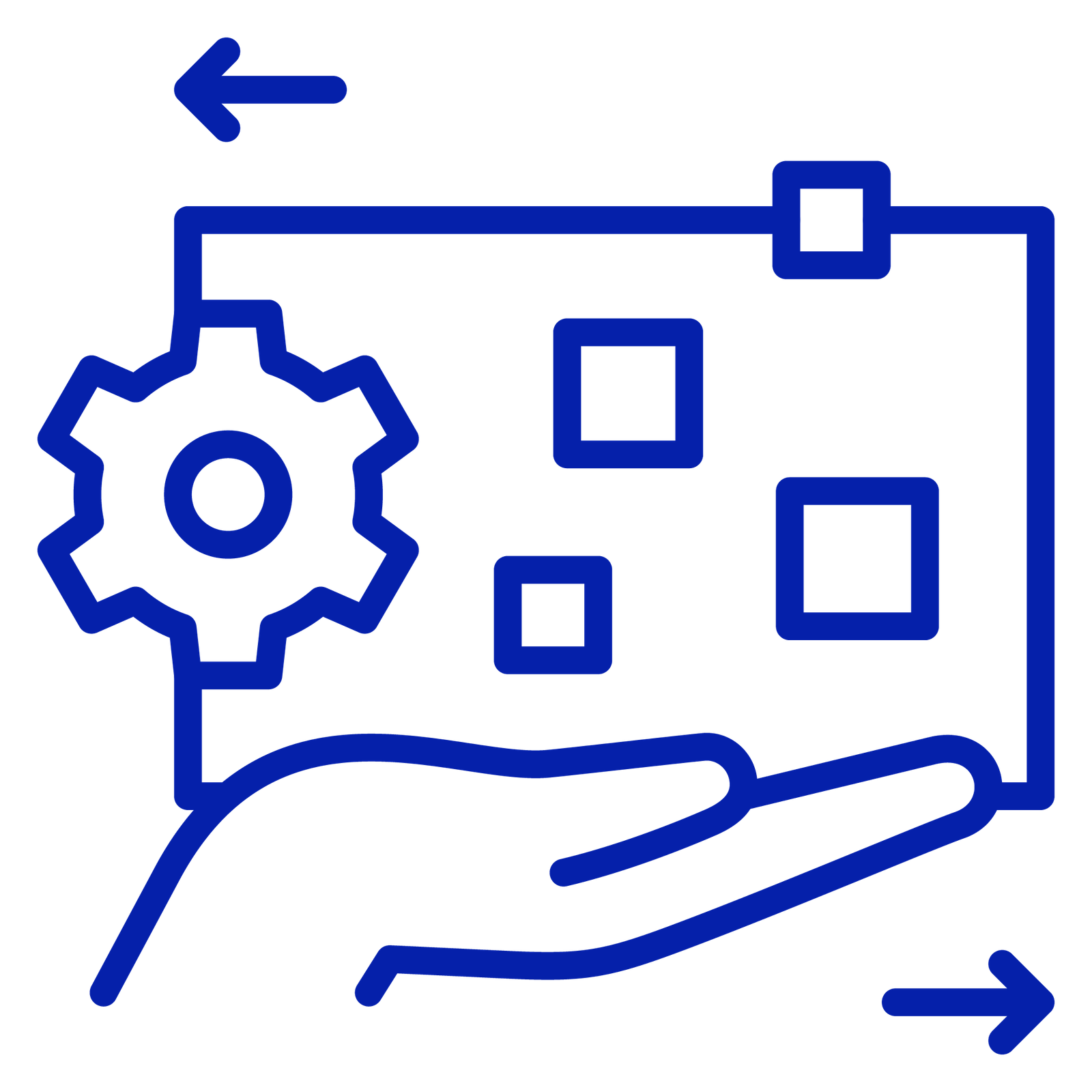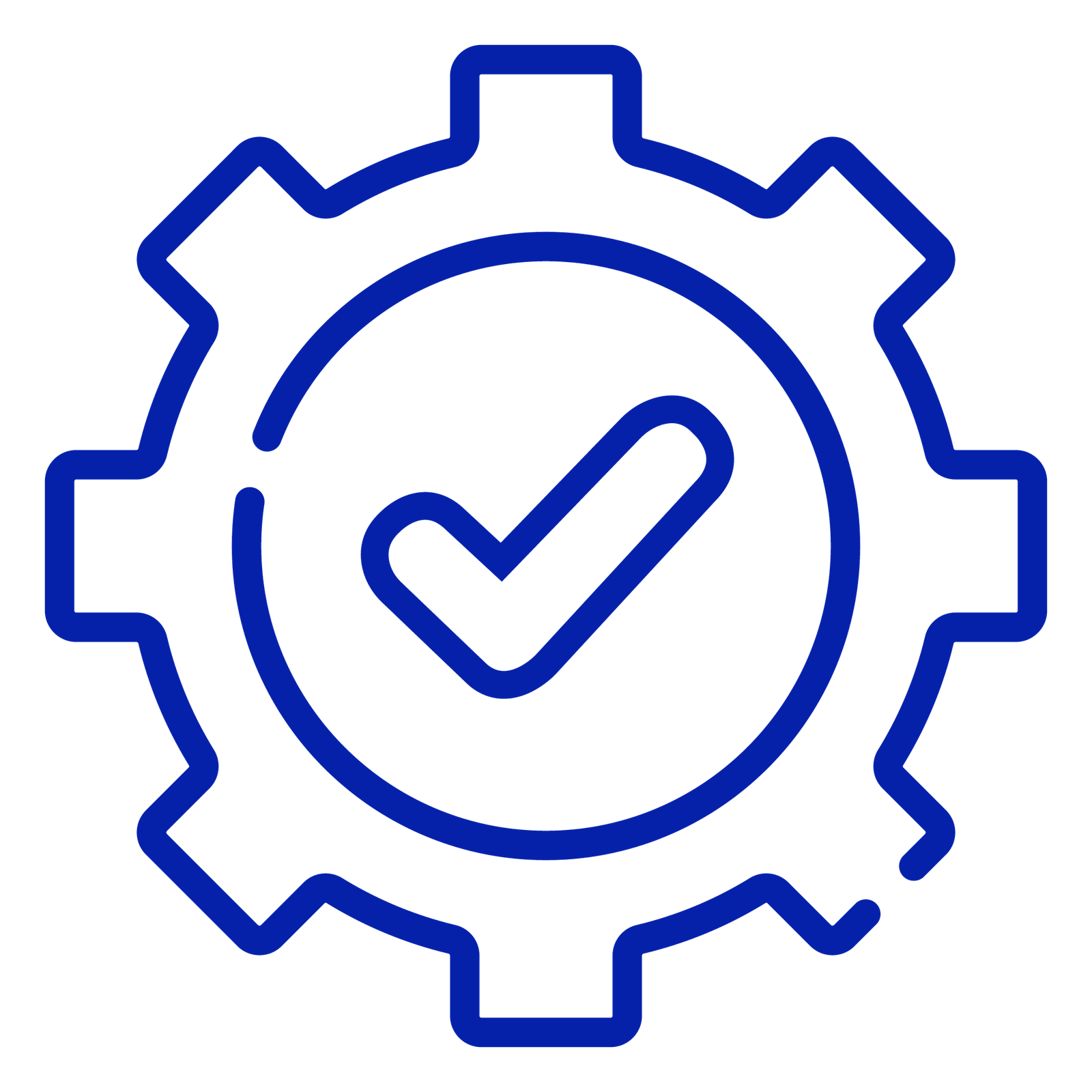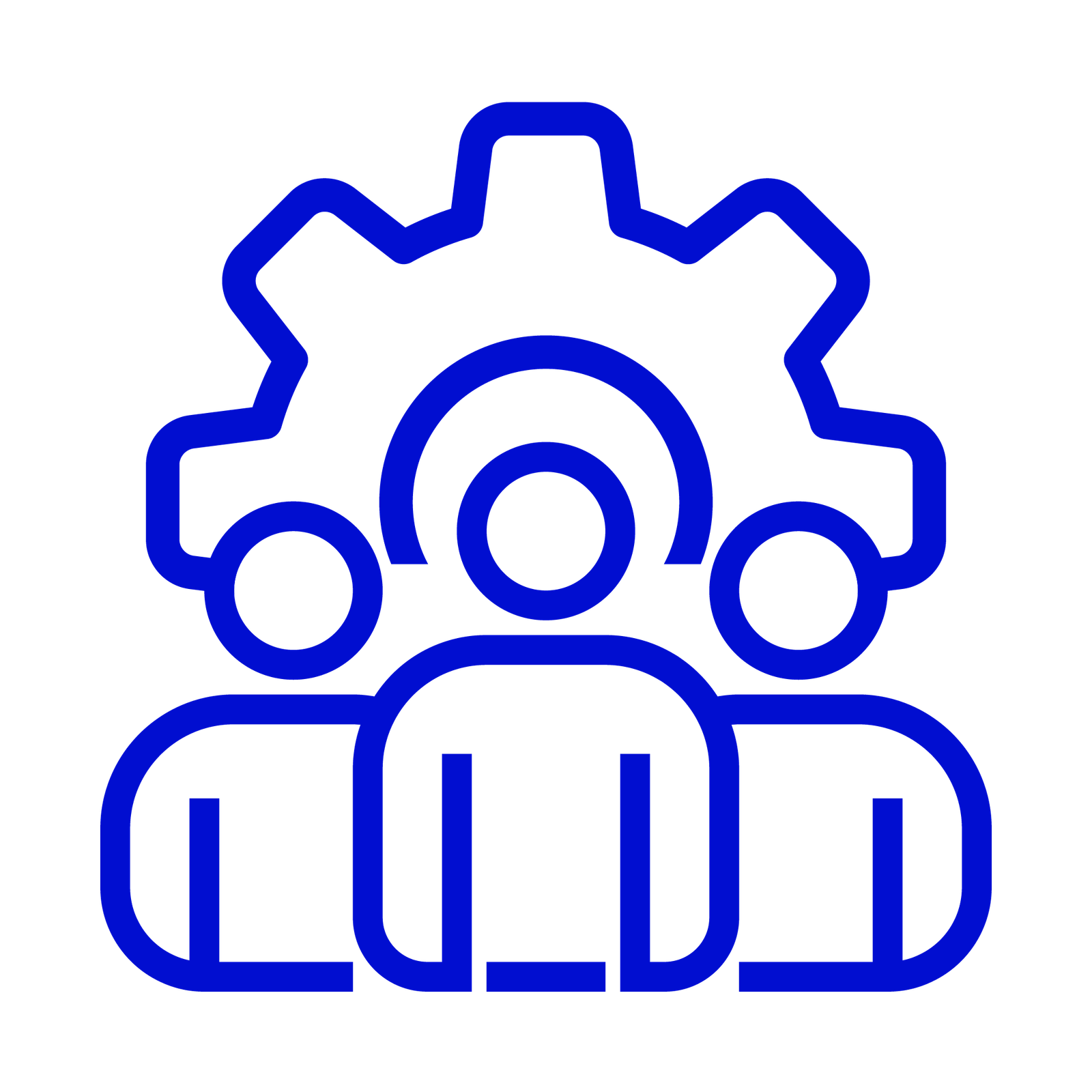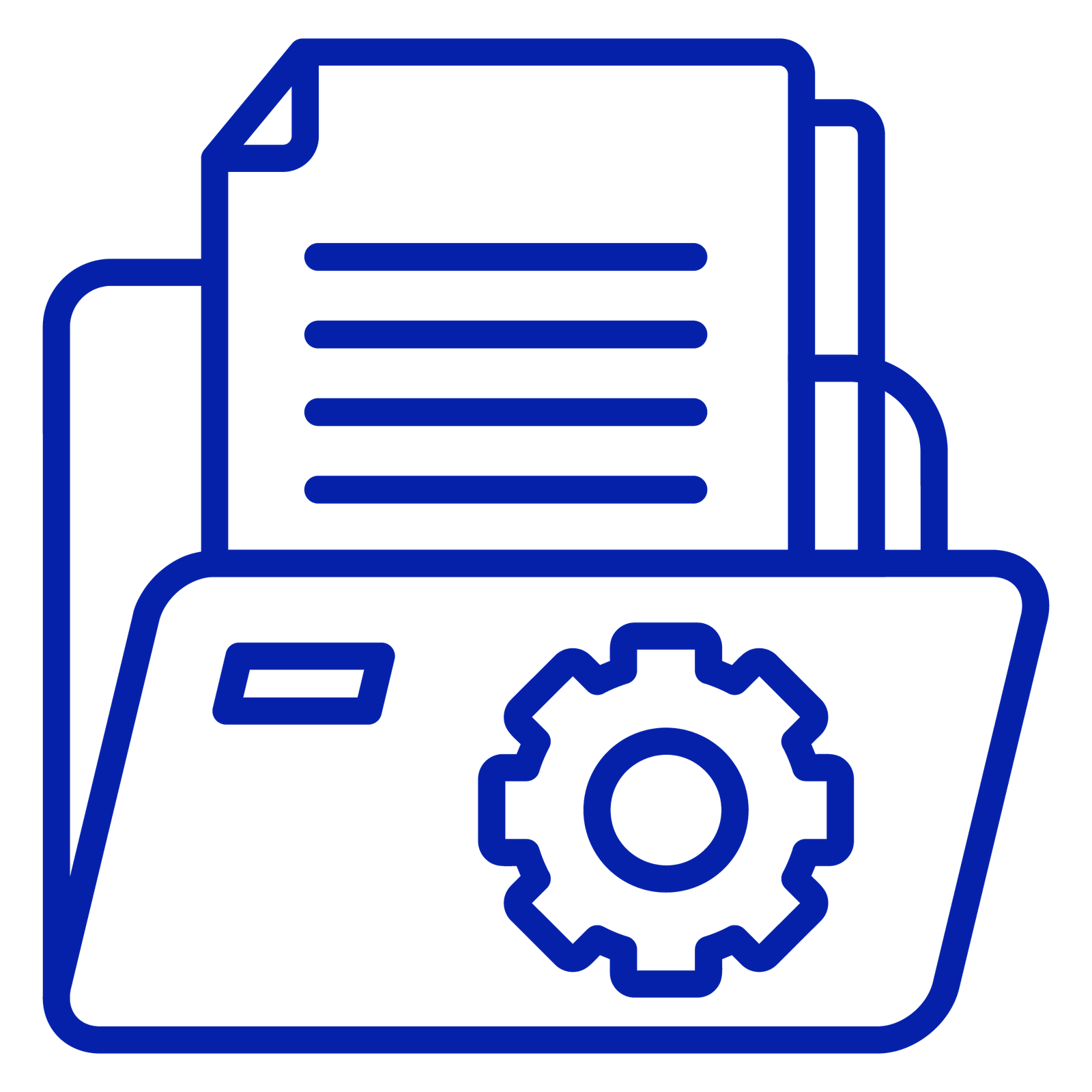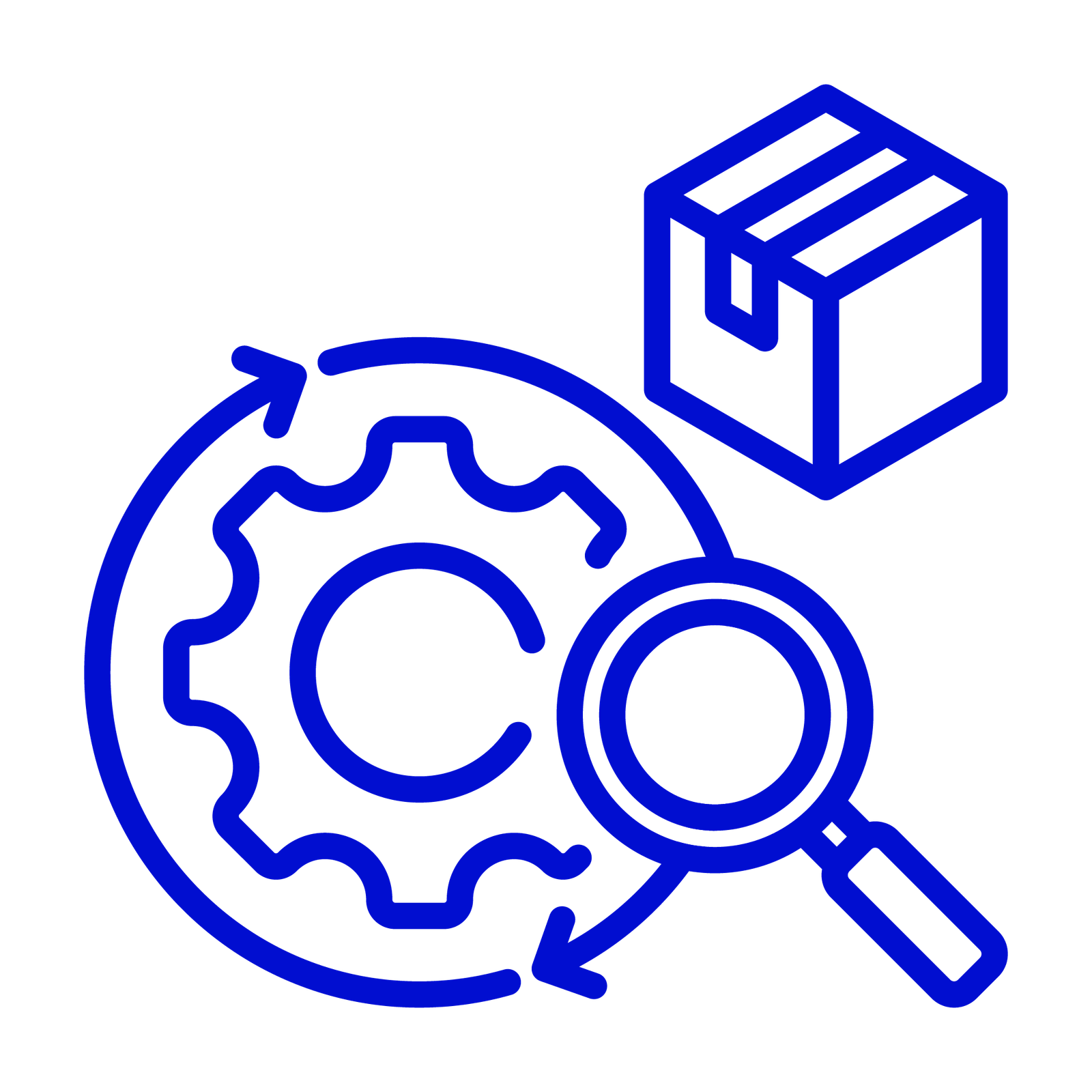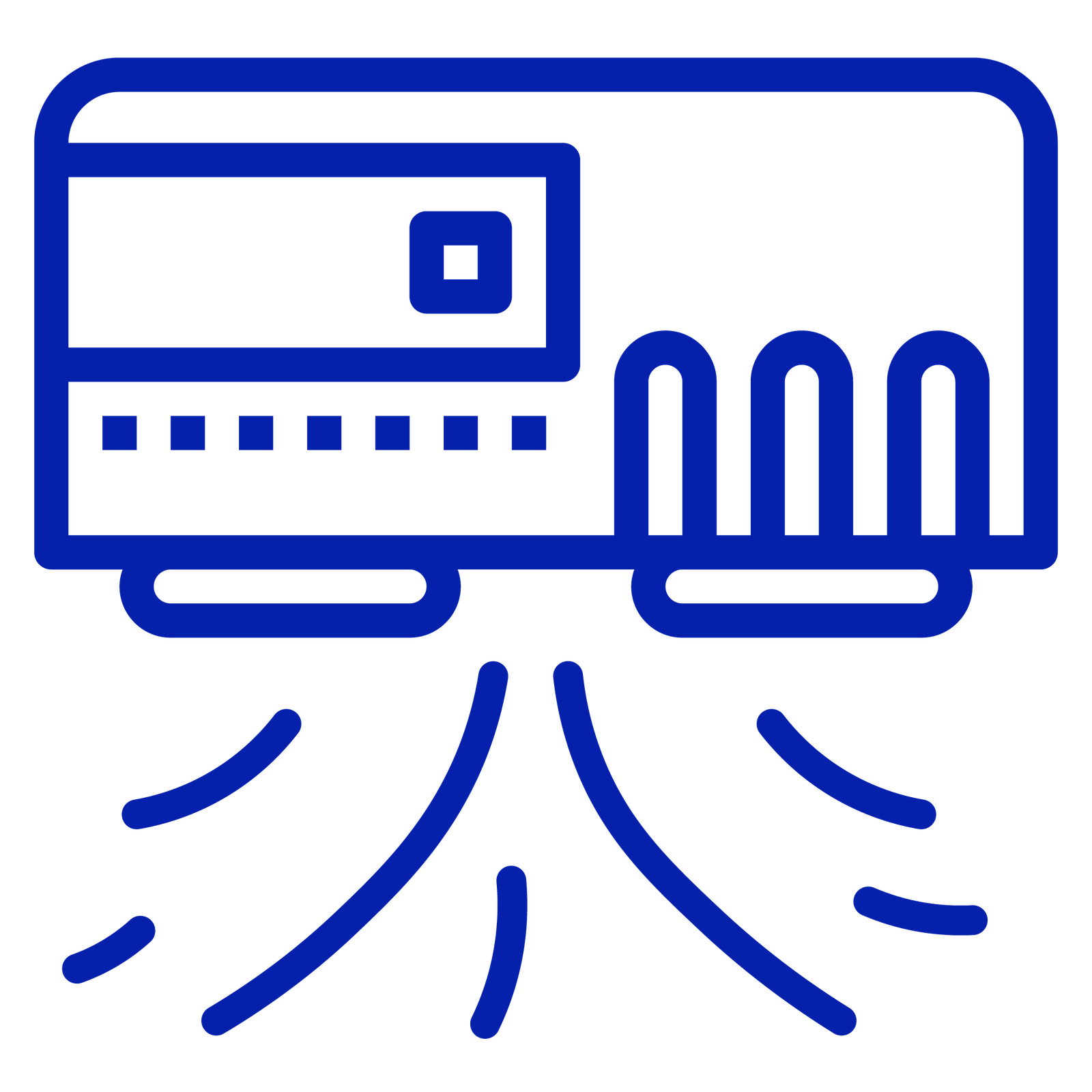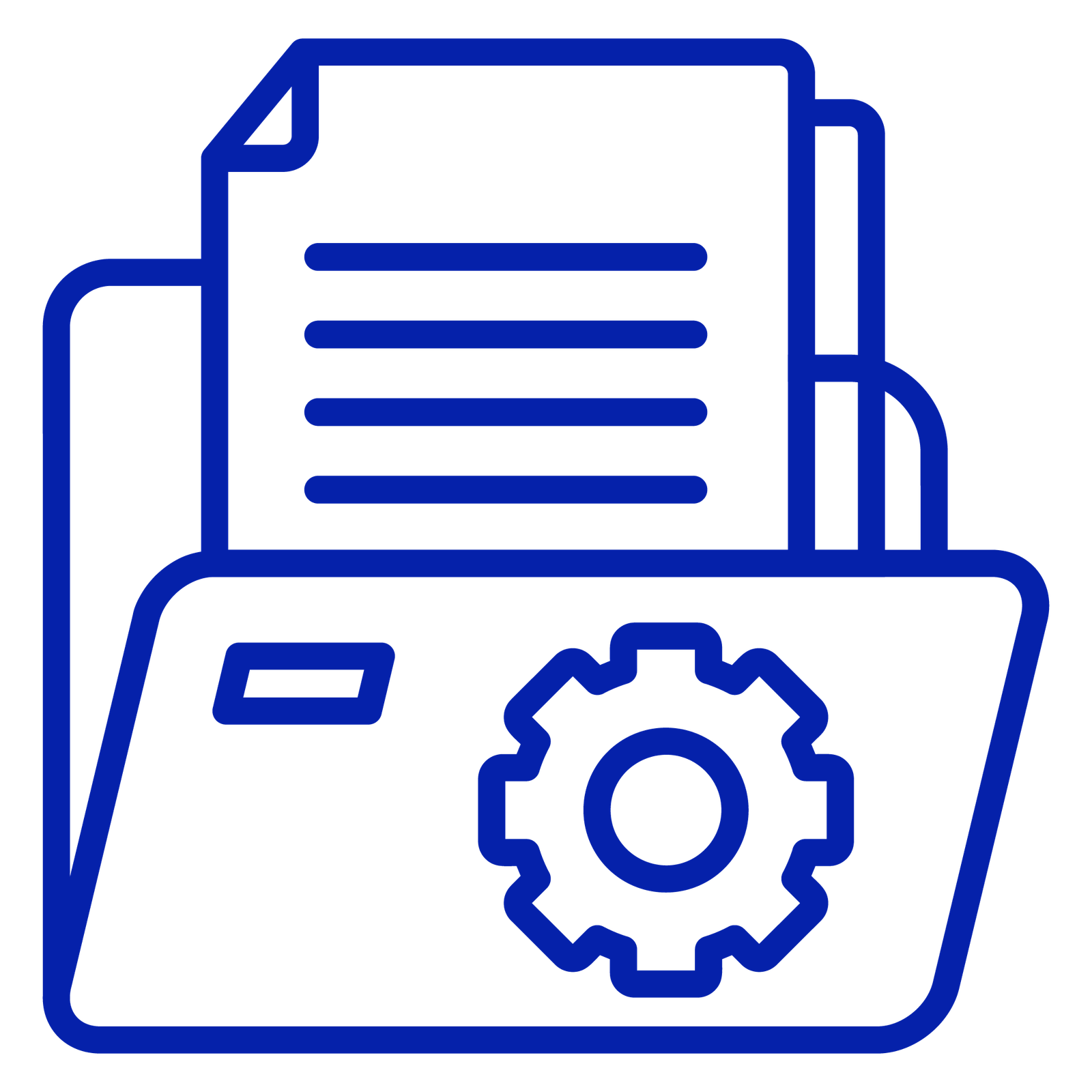
Quality Key Performance Indicators (KPIs) are essential, quantifiable metrics that pharmaceutical companies use to evaluate the effectiveness of their processes, services, and products. In the context of quality KPIs in manufacturing, these metrics play a crucial role in ensuring compliance, maintaining high product quality, and driving continuous improvement. These indicators play a crucial role in ensuring compliance, maintaining high product quality, and driving continuous improvement. Regulatory authorities like the FDA (Food and Drug Administration) use quality metrics to uphold product safety and efficacy standards. Implementing a well-structured KPI monitoring framework allows pharmaceutical companies to identify inefficiencies, reduce errors, and enhance overall operational effectiveness.
Key Standards for Quality KPI Measurement
ISO 9001:2015
Provides requirements for a Quality Management System (QMS), emphasizing process monitoring through quality KPIs in manufacturing to improve efficiency and effectiveness in pharmaceutical operations.
ICH Q10
Establishes a framework for Pharmaceutical Quality Systems (PQS), advocating KPI-based performance reviews to ensure the highest standards in product development, manufacturing, and distribution.
FDA Quality Metrics Reporting Program
Encourages pharmaceutical manufacturers to share quality data for proactive risk management, enabling regulatory bodies to identify quality trends and address potential issues before they escalate.
By adhering to these standards, pharmaceutical companies can maintain compliance with industry regulations, improve quality control measures, and minimize risks associated with nonconformance.
Key Quality KPIs & Metrics for Pharma Companies
Pharmaceutical companies track various quality KPIs in manufacturing to assess and improve quality and operational efficiency. These indicators help identify strengths and weaknesses in manufacturing processes, allowing organizations to make data-driven decisions for continuous improvement.
Manufacturing Process Performance
- Process Capability / Performance Indices (CPK/PPK) – Measures process consistency and compliance with specification limits. A high CPK/PPK score indicates a stable manufacturing process with minimal variations.
- Lot Acceptance Rate (LAR) – Indicates the percentage of lots meeting quality standards, ensuring product reliability. A high LAR signifies efficient production with fewer defective batches.
- Right-First-Time Rate (RFT) – Tracks the proportion of products completed correctly on the first attempt, reducing rework, cost, and waste. A higher RFT rate directly translates to reduced quality-related costs.
- Lot Release Cycle Time – Measures the time taken from manufacturing completion to product release, ensuring timely supply chain operations. Reduced cycle time enhances efficiency and customer satisfaction.
Laboratory Performance Metrics
- Adherence to Lead Time – Measures the percentage of lab tests completed on schedule, ensuring QC testing aligns with production and regulatory requirements. Delays can impact product release and disrupt supply chains.
- Right-First Time (RFT) Rate – Tracks the proportion of error-free lab tests. A high RFT rate ensures efficiency, compliance with cGMP, and minimal rework, reducing costs and delays.
- Invalidated/Overturned Out-Of-Specification Rate (IOOSR) – Evaluates lab accuracy by tracking OOS results later invalidated due to errors. A high IOOSR may indicate issues in testing methods, equipment calibration, or training.
- Calibration Timeliness – Measures adherence to equipment inspection and calibration schedules. Proper calibration ensures test accuracy, regulatory compliance, and prevents data integrity issues.
Supply Chain Robustness Metrics
- On-Time In-Full (OTIF) Delivery – Measures the percentage of orders delivered correctly and on time, reflecting supply chain efficiency. Poor OTIF can lead to customer dissatisfaction and production delays.
- Fill Rate – Indicates the proportion of orders fulfilled versus placed. A low fill rate signals inventory or supply chain inefficiencies.
- Disposition On-Time – Tracks how efficiently product batches are released for distribution. Delays can disrupt supply chains and increase storage costs.
- Days of Inventory on Hand (DOH) – Measures how long inventory lasts before depletion, balancing stock levels with operational efficiency and cost control.
Pharmaceutical Quality System Effectiveness
- CAPA Effectiveness
Evaluates the success rate of Corrective and Preventive Actions (CAPAs) to mitigate recurring quality issues. Effective CAPA management reduces operational risks and enhances product quality.
- Repeat Deviation Rate
Tracks recurring deviations to identify systemic issues and enforce preventive measures. A lower deviation rate indicates robust quality controls.
- Change Control Effectiveness
Assesses the efficiency of managing GMP-related changes in manufacturing processes, ensuring all modifications are properly documented and risk-assessed.
- Overall Equipment Effectiveness (OEE)
Measures production efficiency by analysing equipment availability, performance, and quality output. A high OEE score reflects optimized resource utilization.
- Unplanned Maintenance
Monitors unscheduled maintenance activities to minimize unexpected equipment failures and downtime. Effective maintenance management reduces disruptions in production workflows.
Compliance and Regulatory KPIs
- Audit Readiness Score – Tracks how prepared a company is for internal and external audits by regulatory authorities.
- Regulatory Inspection Compliance Rate – Measures adherence to industry regulations, ensuring timely and accurate responses to regulatory audits.
- Supplier Quality Performance – Evaluates supplier compliance with pharmaceutical quality requirements, ensuring that raw materials and components meet defined standards.
- Training Compliance Rate – Measures the percentage of employees who have completed required training sessions on quality and compliance standards.
By monitoring these KPIs, pharmaceutical manufacturers can systematically enhance process efficiency, minimize risks, and achieve higher compliance with industry standards.
AmpleLogic QMS: Automating Quality KPI Monitoring
AmpleLogic QMS is a cutting-edge software solution designed to streamline and automate the tracking and reporting of pharmaceutical quality KPIs. With its advanced features, AmpleLogic QMS helps organizations maintain quality excellence and regulatory compliance effortlessly.
Key Features of AmpleLogic QMS
- Real-time KPI Monitoring – A centralized platform for collecting, visualizing, and analysing real-time quality data. This enables organizations to proactively address potential quality issues before they escalate.
- Customizable KPI Reports – Provides dynamic, periodic reports tailored to organizational and regulatory needs. Companies can generate KPI trend analysis reports to support continuous improvement initiatives.
- Regulatory Compliance Support – Ensures adherence to ISO 9001:2015, ISO 13485:2016, FDA 21 CFR Part 11, 211, and 820, EU GMP Annex 11, and EU GMP. Automated compliance tracking minimizes regulatory risks.
- Comprehensive QMS Process Integration – Facilitates:
- Document management for effective SOP and policy control.
- Change management for seamless GMP-related process modifications.
- CAPA tracking to manage corrective actions efficiently.
- Complaint handling to address customer and regulatory concerns.
- Audit management to enhance preparedness for internal and external inspections.
- Supplier management to ensure the highest quality of raw materials and components.
Benefits of AmpleLogic QMS for Pharmaceutical Companies
- Enhanced Decision-Making – Provides actionable insights through real-time data visualization and analytics, allowing companies to make informed quality-related decisions.
- Proactive Risk Management – Identifies potential risks early through KPI tracking, helping prevent quality deviations and compliance violations.
- Regulatory Compliance Assurance – Automates compliance processes, reducing the risk of regulatory penalties and improving audit readiness.
- Operational Efficiency Optimization – Streamlines manufacturing and quality control processes, reducing cycle times and production costs.
- Improved Product Quality and Patient Safety – Ensures consistent adherence to quality standards, minimizing defects and enhancing patient safety.
Pharmaceutical companies operate in a highly regulated environment where quality and compliance are paramount. Quality KPIs in manufacturing serve as a foundation for continuous improvement, regulatory adherence, and efficient operations. By implementing an advanced QMS like AmpleLogic QMS solution, organizations can automate KPI tracking, enhance decision-making, and maintain industry-leading quality standards.
With real-time monitoring, customizable reports, and comprehensive compliance support, AmpleLogic QMS empowers pharmaceutical companies to proactively manage risks and optimize their quality management systems. Investing in a robust QMS solution ensures long-term success in an industry where precision, compliance, and product integrity are non-negotiable.

